begin quote from:
https://www.cnn.com/travel/article/time-travel-ron-mallett-scn/index.html
Meet the scientist trying to travel back in time
Francesca Street, CNN • Updated 31st December 2019
FacebookTwitterEmail
1/8
Time travel theories: Physicist Ron Mallett has been working on theories about time travel for decades.
Scott Eisen/Bloomberg via Getty Images
(CNN) — The past, it has been said, is a foreign country. And sometimes it's another country we yearn to visit.
We can't, of course. Whereas actual travel is limited only by how much cash we can spare, visa requirements and flight cancellations, journeying to times gone by is limited by the cold, hard laws of physics.
Or maybe it's not.
Joining the ranks of movie inventors like Doc Brown of "Back to the Future" are a few real-life scientists currently trying to realize the dream of turning back the clock to travel to the ultimate destination.
Among them is Ron Mallett, an astrophysicist who has dedicated much of his adult life to the notion that time travel is possible. He's come up with the scientific equations and principles upon which he says a time machine could be created.
While acknowledging that his theories and designs are unlikely to allow time travel in his lifetime, for years he's been working in parallel to a respected academic career to fulfill his dream of venturing back in time to see his beloved father again.
Mallett was aged 10 when his father died suddenly, of a heart attack, an event that the scientist says changed the track of his life forever.
"For me, the sun rose and set on him, he was just the center of things," he tells CNN Travel. "Even today, after all of these years, there's still an unreality about it for me."
Mallett's father, a TV repair man, instilled in his son a love of reading, and encouraged his budding passion for science. About a year after his father's death, a grieving Mallett stumbled across an illustrated version of the classic sci-fi novel "The Time Machine."
"The book that changed my life," he says.
Thanks to the imagination of author H.G. Wells, suddenly Mallett felt his family tragedy presented not an end -- but a beginning.
Sixty years later, 74-year-old Mallett is a professor of physics at the University of Connecticut. He's spent his career investigating black holes and general relativity -- the theories of space, time and gravity famously explored by Albert Einstein.
Mallett has also been theorizing about time travel, in the course of which he has embarked on his own personal journey: a complex and often contentious quest to build a machine capable of visiting the past.
He's still a long way from his destination -- some would argue he'll never get there -- but his voyage makes for a poignant story that dwells on the power of love, the potency of childhood dreams and the human desire to control destiny in an unknowable universe.
How to become a time traveler
Mallett first encountered the concept of time travel back in the 1950s.
"We hadn't even gone into space," he recalls. "And people weren't even sure if we could."
Growing up in New York City's Bronx neighborhood, and later in Pennsylvania, Mallett's family struggled for money.
As a self-described "bookaholic" he still found ways to get hold of reading material, finding comfort, after his father's death, among the the shelves of the local Salvation Army bookstore.
It was here that Mallett encountered the writings of Einstein, his next key inspiration.
He continued poring over science books throughout his teenage years and, after leaving high school, aimed for college via the G.I. Bill which supports US military veterans in their post-service education.
He enlisted in the US Air Force, where he served for four years, including deployment to Vietnam.
Eventually, Mallett made it to academia. He gained a bachelor's degree in physics, followed by a master's and a doctorate, specializing in Einstein's theory.
His first job was working on lasers at United Technologies, an aircraft manufacturer, looking into how they could be used to bore holes in the turbine blades of jet engines.
After a couple of years of applying mathematical theories in this practical setting, Mallet joined the University of Connecticut (UCONN) as an assistant professor of physics.
Related content
How an airplane engine gets made
Through all of this, from Vietnam to back again, Mallett was quietly considering the possibility of time travel.
But he only began speaking publicly about his ambitions once UCONN made him a tenured professor, an open-ended academic position that grants holders the freedom to work largely free from fear of dismissal.
"I wanted to make sure that I got to that pinnacle of professionalism," he says, "Even then I was a bit reluctant."
He was aware of the "mad professor" stereotype. He wanted to ensure his ambitions weren't ridiculed and his job threatened.
But when Mallett began speaking openly about his ideas, he found they struck a chord with many others, something he says shows the universality of the desire to revisit the past. We all have, he says, regrets, or past decisions we wonder about, or people we've lost who we long to see again.
"People started contacting me, literally from all over the world about the possibility of going back in time," he says.
Related content
Greta Thunberg has a 19th-century doppelganger, so naturally people think she's a time travelerThe science behind it all
Today, photos of Mallett at work show him surrounded by equipment in a cluttered laboratory, demonstrating his principles at work via small-scale experiments -- or standing, beaming, in front of chalk boards where he's etched out his formulas.
The personal aspect of Mallett's work is profoundly moving, but how plausible is the science behind his ideas?
It all hinges, says Mallett, on Einstein's special theory of relativity and general theory of relativity.
"To put it in a nutshell, Einstein said that time can be affected by speed," says Mallett.
Mallett gives the example of astronauts traversing space in a rocket that's traveling close to the speed of light. Time would pass differently on Earth than it would for the people in the rocket.
"They could actually come back finding out that they're only a few years older, but decades have passed here on Earth," he says.
Mallett points to the 1968 sci-fi classic movie "Planet of the Apes," at the end of which [spoiler alert] an astronaut realizes that he hasn't traveled to a distant, ape-ruled planet, but merely returned to Earth in a post-apocalyptic future in which mankind has been subjugated by simians.
"That is an accurate representation of Einstein's special theory of relativity," says Mallet. "So the upshot is that, according to the special theory of relativity, if you're traveling fast enough, you respectively are traveling through time. And effectively, that would be a representation of time travel."
However, this is all about going forward not backward, so how would this help Mallett's quest to be reunited with his father?
Einstein's general theory of relativity is based in the concept of gravity -- and considers how time is affected by gravity.
"What Einstein meant by that is the stronger gravity is, the more time will slow down," says Mallett.
Einstein's general theory of relativity says that what we call the force of gravity isn't a force at all, it's actually the bending of space by a massive object.
"If you can bend space, there's a possibility of you twisting space," says Mallett.
"In Einstein's theory, what we call space also involves time -- that's why it's called space time, whatever it is you do to space also happens to time."
Mallett posits that by twisting time into a loop, one could travel from the future back to the past -- and then back to the future. And this is the idea of a wormhole, a sort of tunnel with two openings.
Mallett suggests that light could also be used to affect time via something called a ring laser.
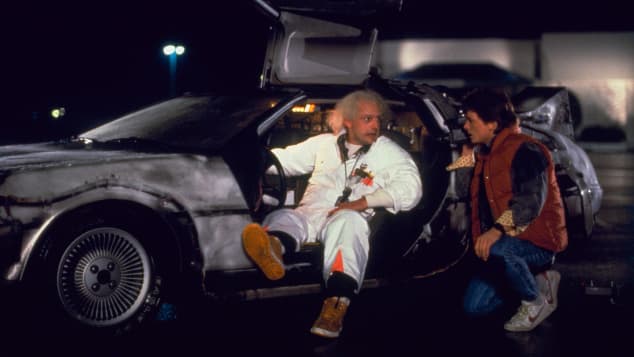
In "Back to the Future," inventor Doc Brown succeeds in building a time travel machine.
Universal Studios
He's created a prototype illustrating how lasers could be used to create a circulating beam of light that twists space and time -- inspired by his first job experimenting with lasers' effect on airplane jet engines.
"It turned out my understanding about lasers eventually helped me in my breakthrough with understanding how I might be able to find a whole new way for the basis of a time machine," says Mallett.
"By studying the type of gravitational field that was produced by a ring laser, this could lead to a new way of looking at the possibility of a time machine based on a circulating beam of light."
Mallett's also got a theoretical equation that, he argues, proves this would work.
"Eventually a circulating beam of laser lights could act as a sort of a time machine and cause a twisting of time that would allow you to go back into the past," he says.
There's a snag though -- a pretty big one.
"You can send information back, but you can only send it back to the point at which you turn the machine on," says Mallett.
While his quest to go back to the 1950s isn't anywhere closer to a reality, he remains optimistic, and continues to ponder possibilities.
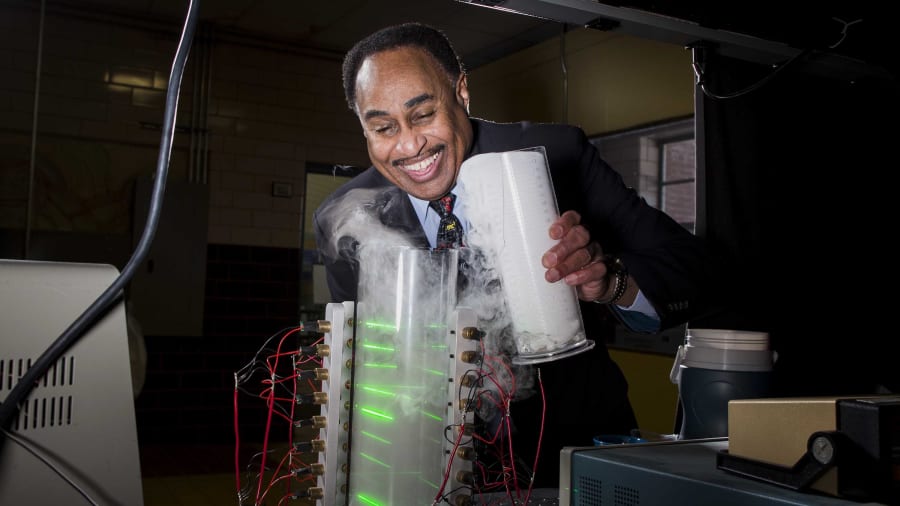
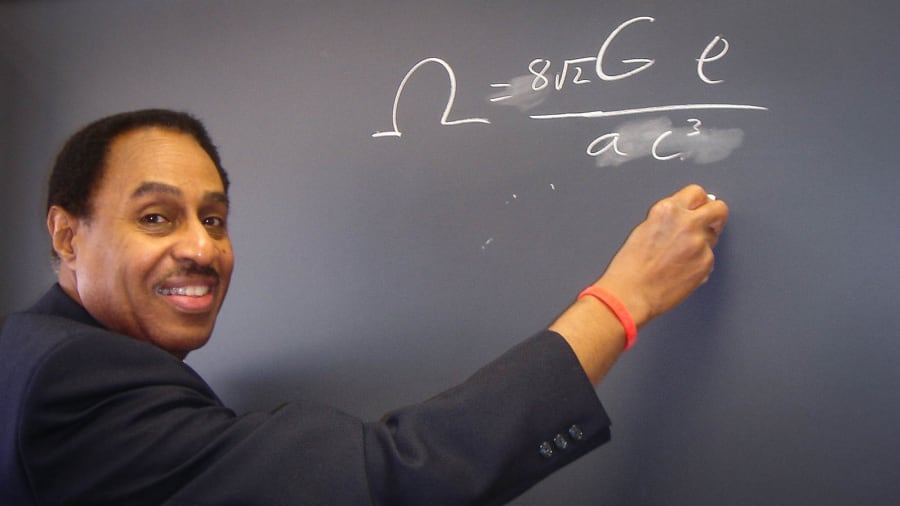
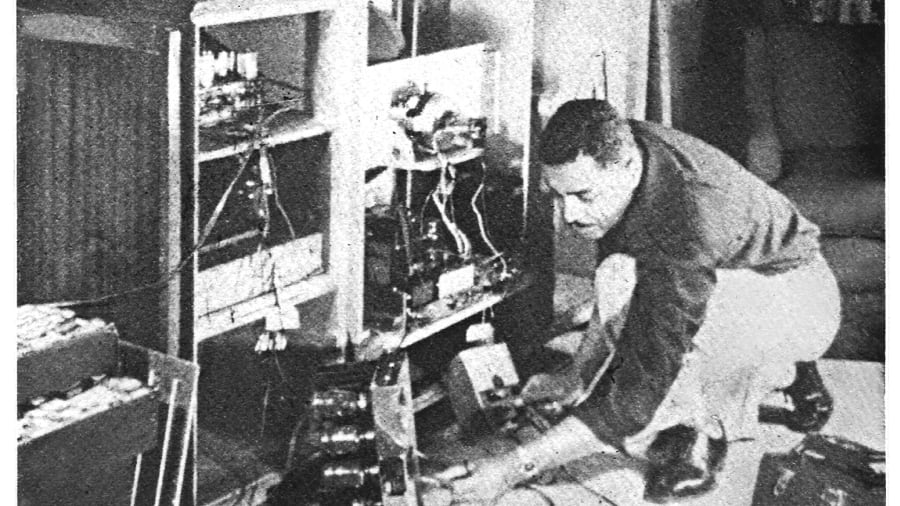
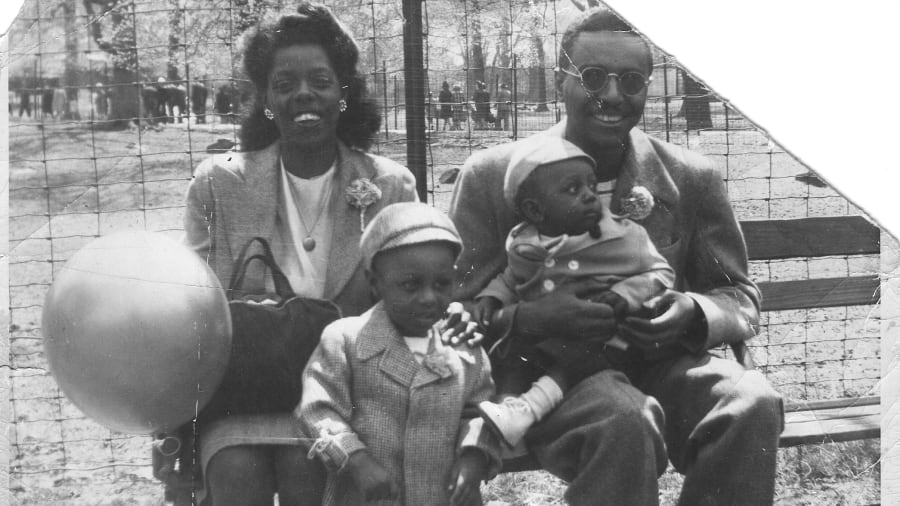
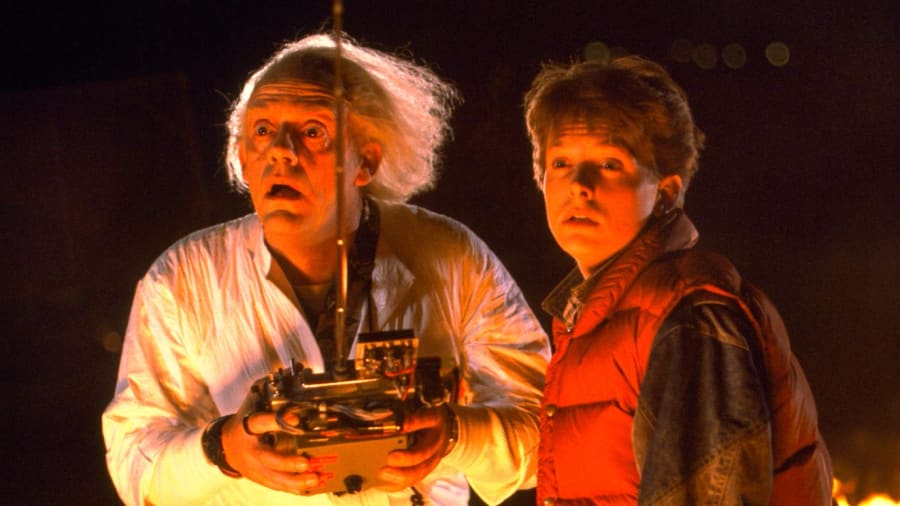

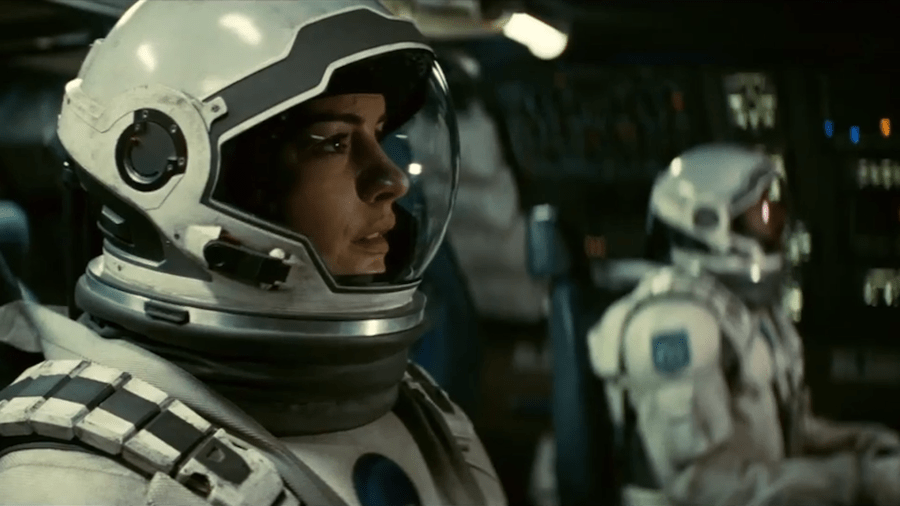



No comments:
Post a Comment